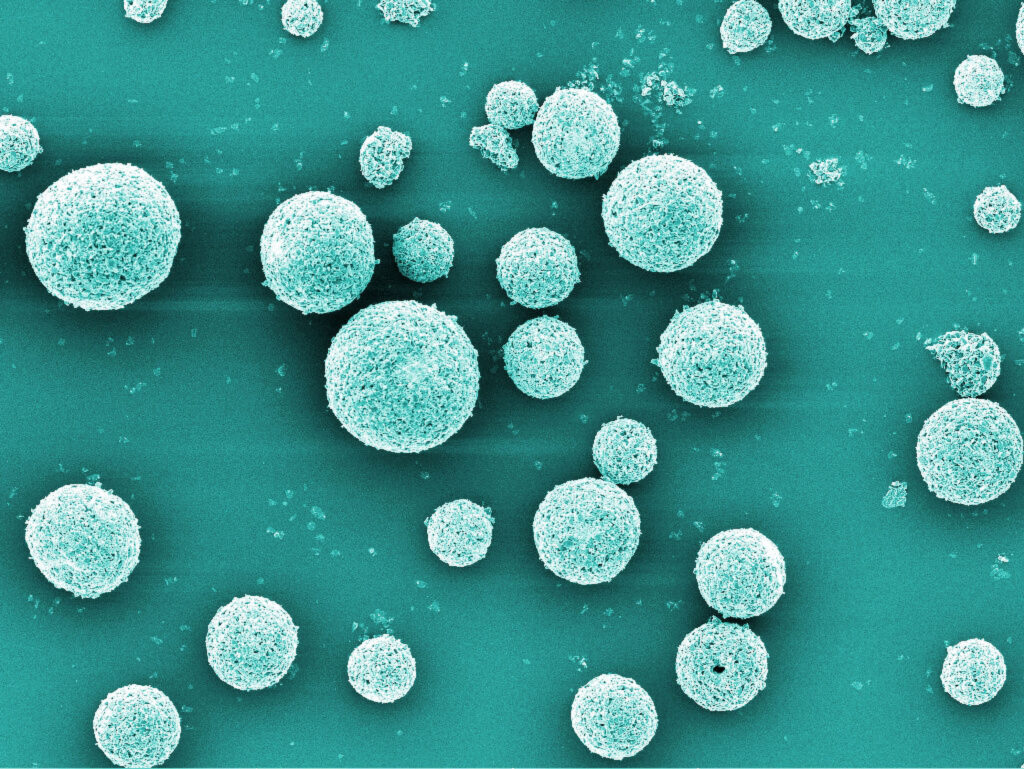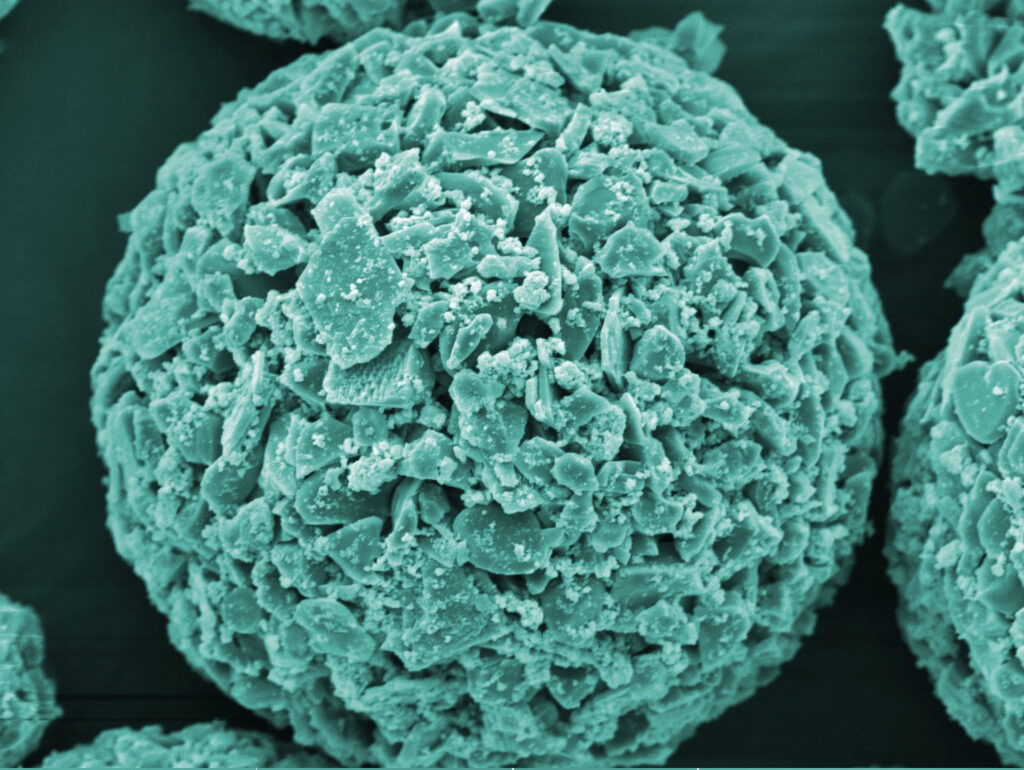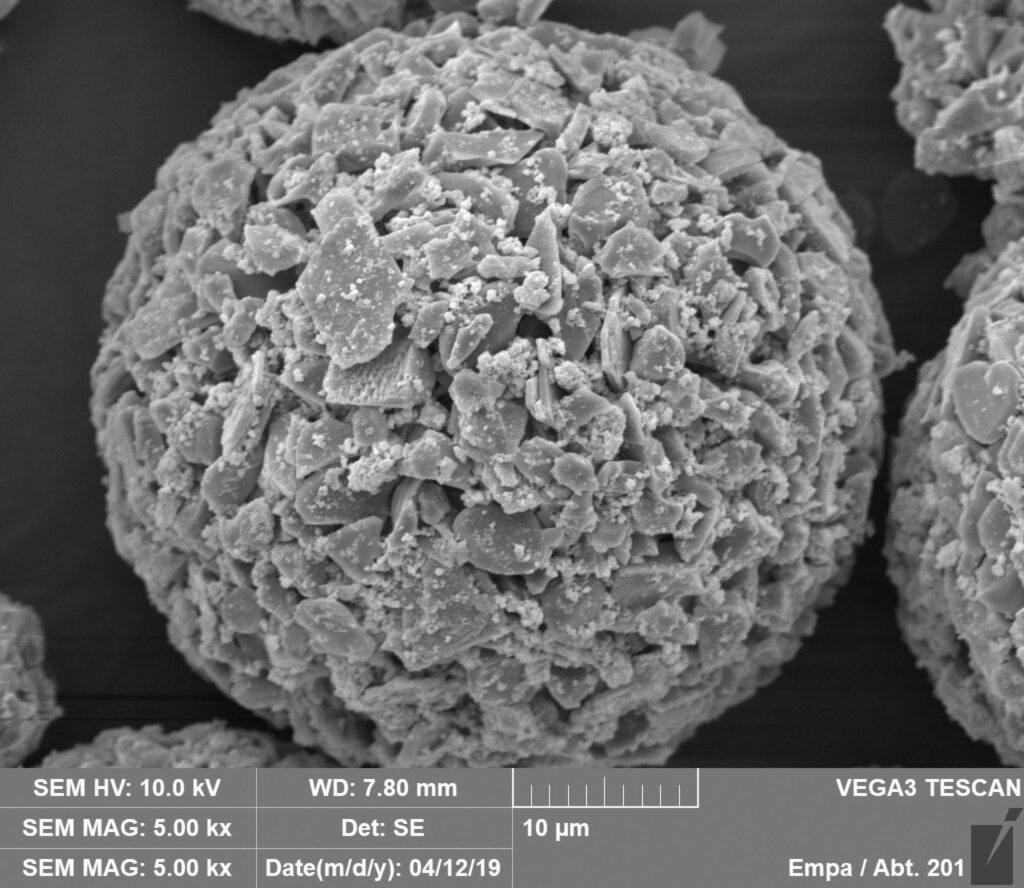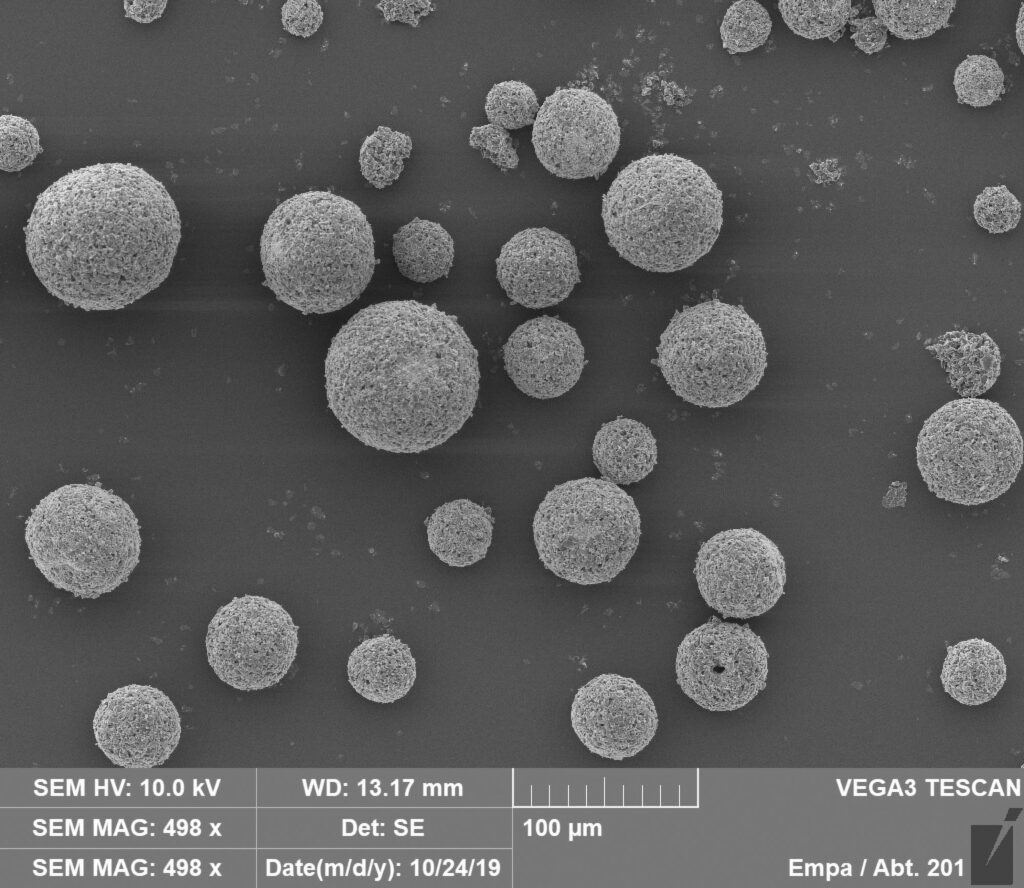Swiss Scientists Develop Filters For Tiniest Germs To Fight Drinking Water Pollution
Swiss scientists have developed the world’s tiniest filters to remove pathogens from drinking water.
According to official World Health Organization information, about 3.4 Million people worldwide die on a yearly basis from waterborne diseases.
Since conventional filters cannot separate out all microorganisms, researchers from Empa (Swiss federal laboratories for materials science and technology) and Eawag (Swiss Federal Institute of Aquatic Science and Technology) developed filters to remove pathogens 100 to 1,000 times smaller than salmonella or typhoid.

The researchers are targeting the smallest pathogens which spread with drinking water and cause various diseases such as polio, diarrhea and hepatitis.
One of these pathogens includes the rotavirus which is just under 70 nanometres in size and killed over 130,000 children worldwide in 2016.
Empa researcher Thomas Graule from the ‘High Performance Ceramics’ laboratory in the Swiss municipality of Dubendorf said: “Conventional water filters are ineffective against rotaviruses.”

The researchers developed new filtration techniques which are based on new positively-charged materials that would allow adsorption of negatively charged virus surfaces.
They used an MS2 bacteriophage as a model virus which is only 27 nanometres in size and attacks bacteria but it’s harmless to humans.
Using this model virus the scientists were able to show that viruses in water are absorbed by the filter surface to different extent based on their pH value.

Graule said: “This has to be considered when developing new water treatment and filter technologies.”
“In the water, the virus’ surface is negatively charged. We were able to show how the virus particles attach themselves to positively charged surfaces.”
The international team believe creating ceramic granules made of aluminum oxide coated with nanometre-thin layers of copper oxide would help them find the answer to water pollution. They were able to coat tiny multilayered carbon nanotubes with copper oxide and thus enable virus elimination.

Graule explained to Newsflash: “The highly porous copper layer forms a composite material with the ceramic with a positively charged and immensely large specific surface.”
The team of scientists also uses reusable materials in order to develop a cost-effective and sustainable filter technology.
According to them, this filter technology would also be suitable for developing countries which are dealing with a particularly high number of rotavirus and other waterborne diseases.



